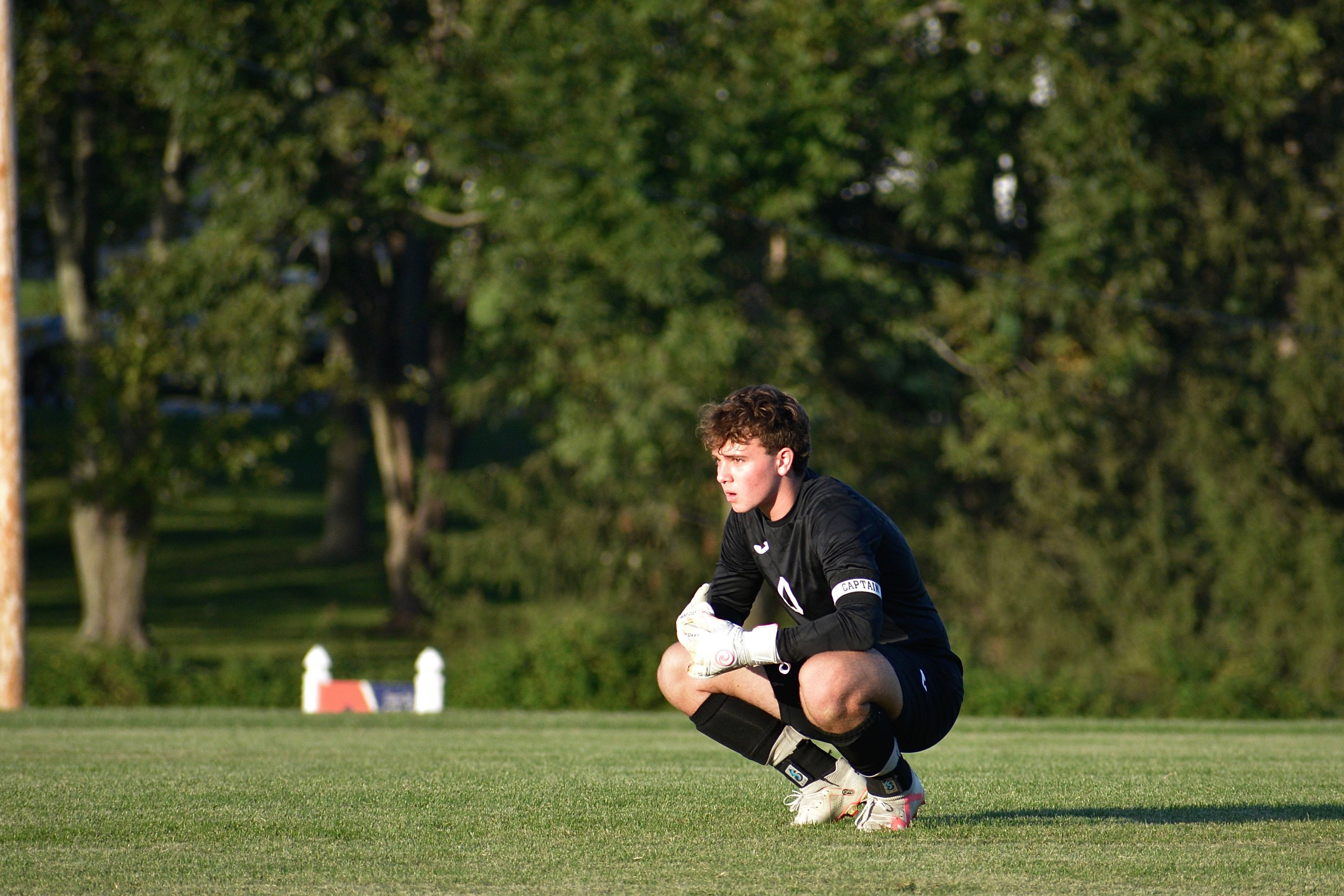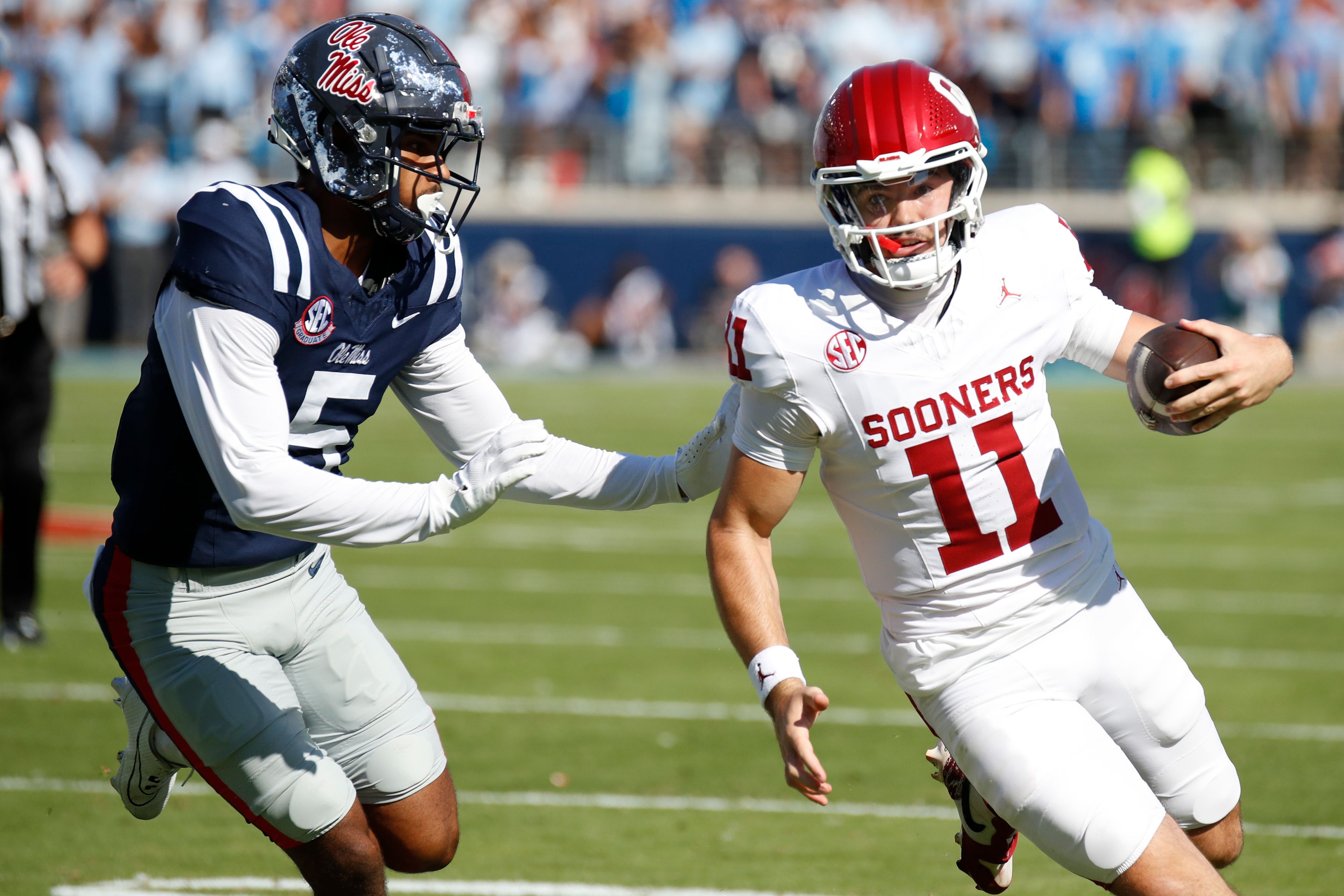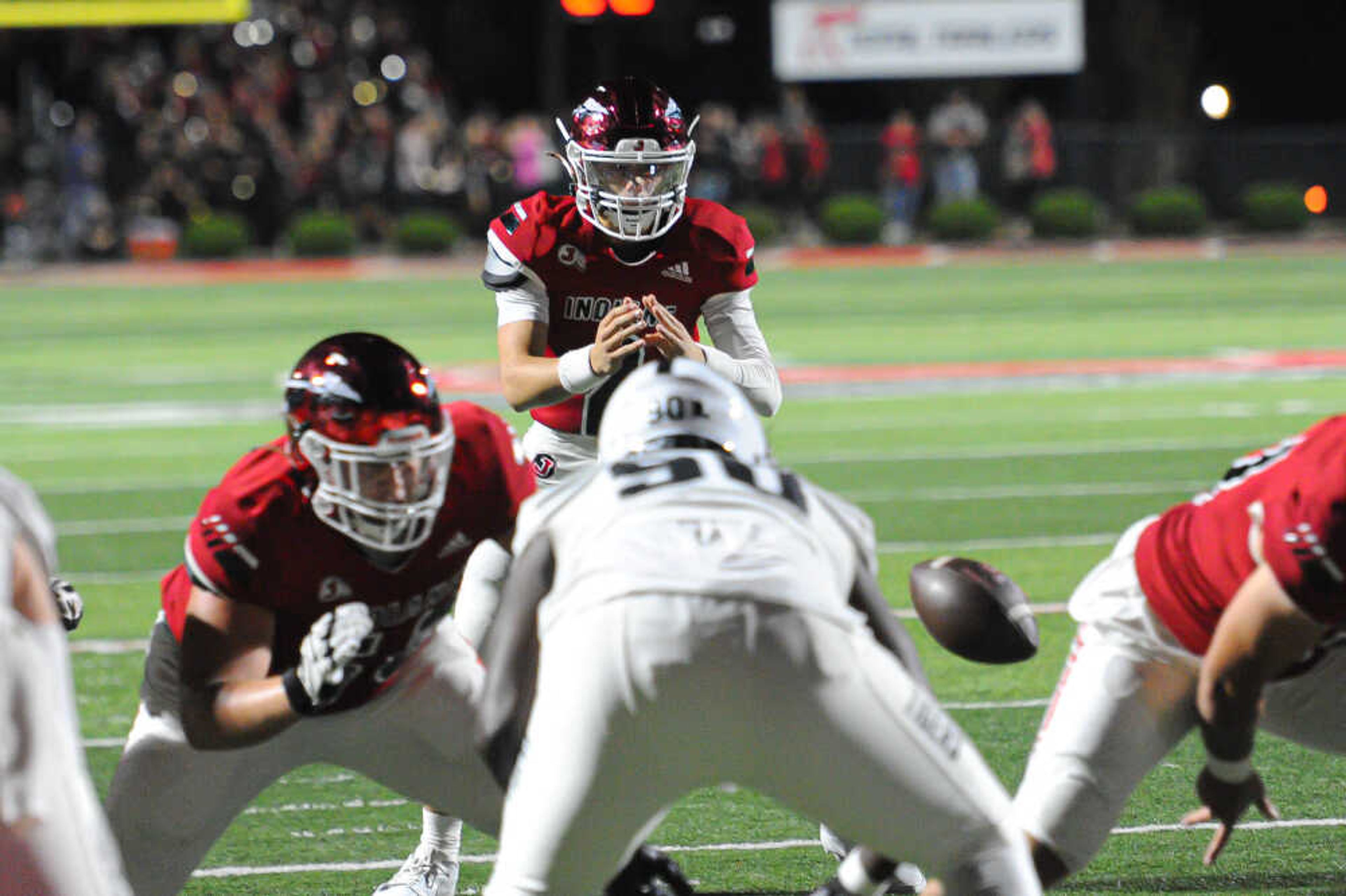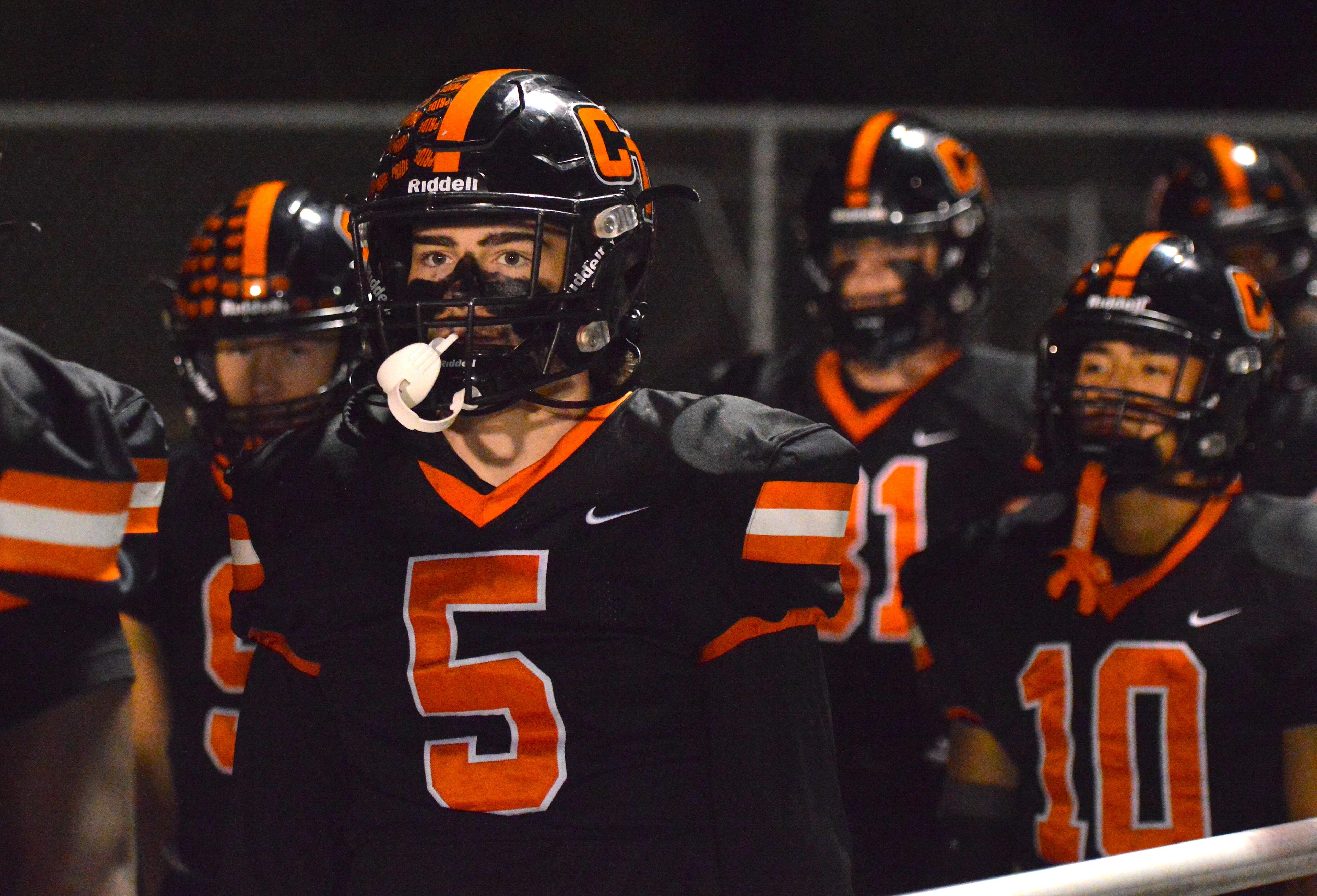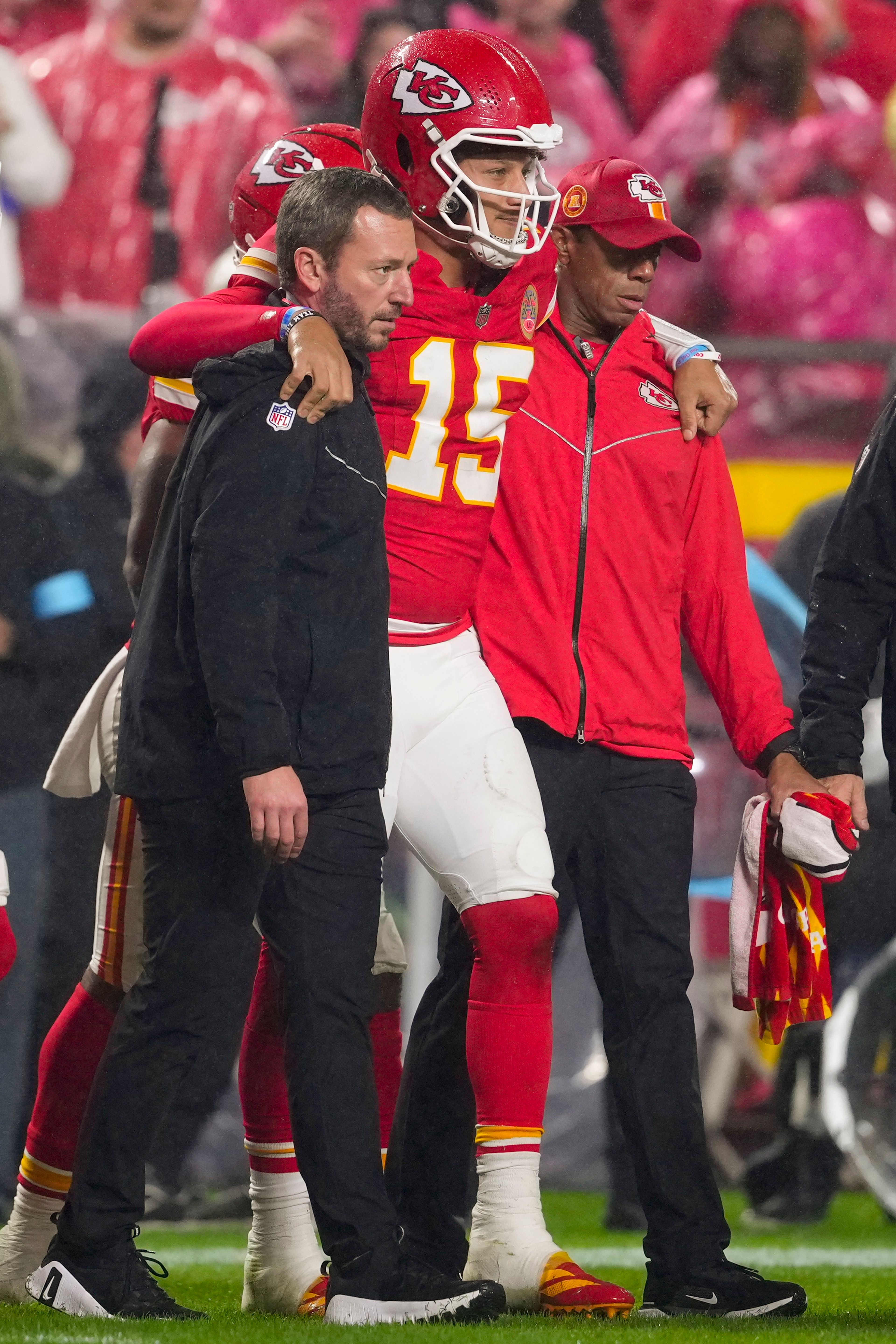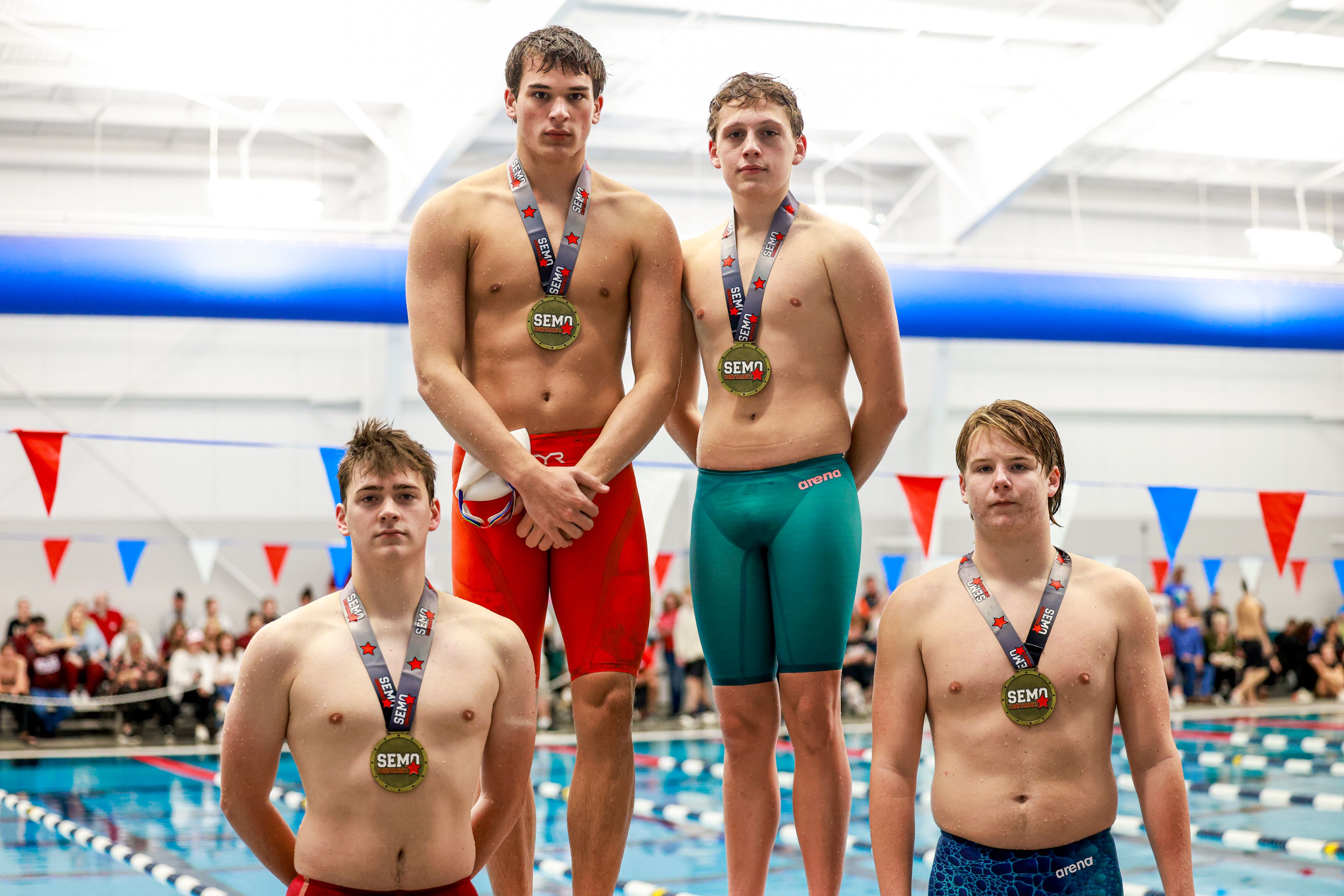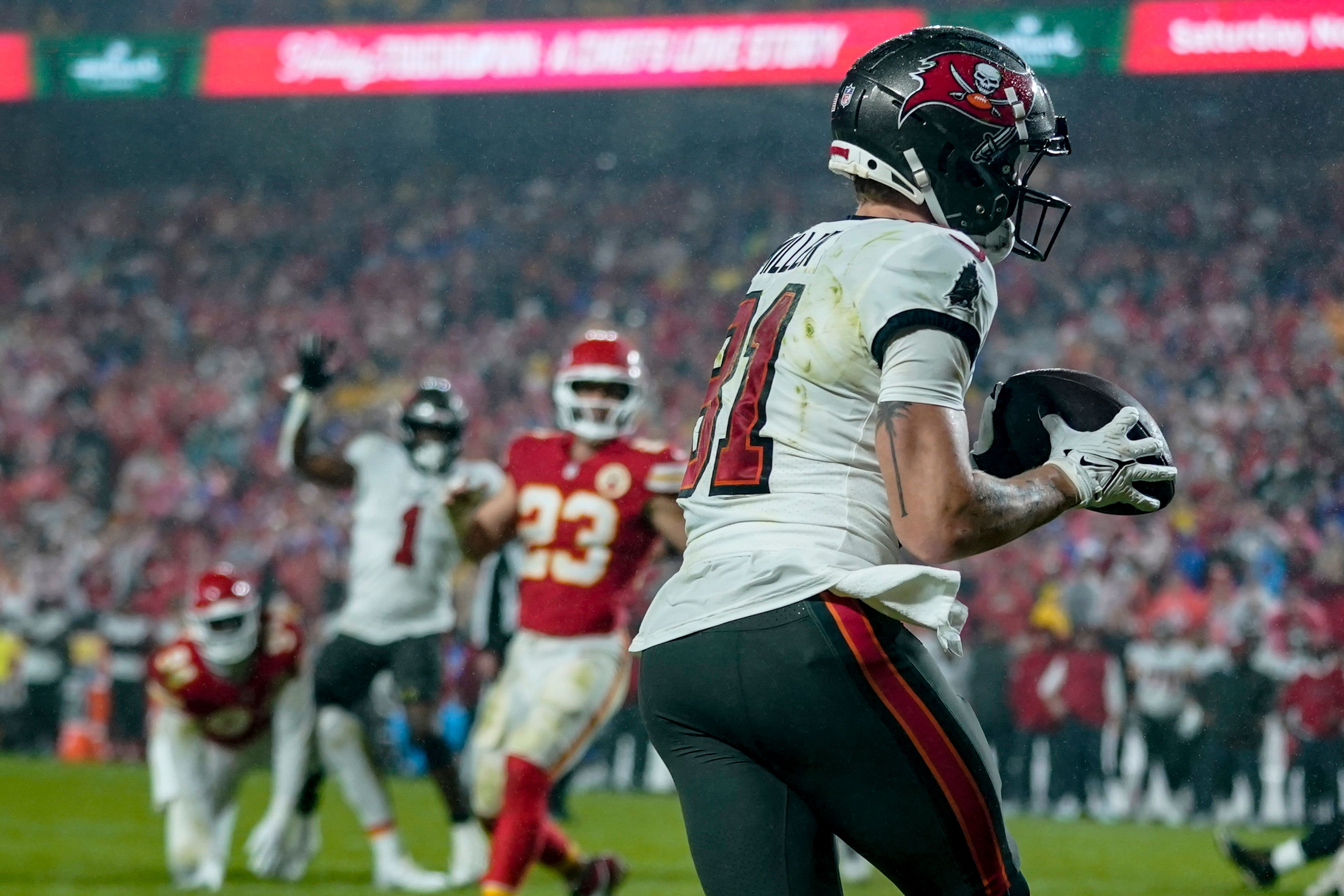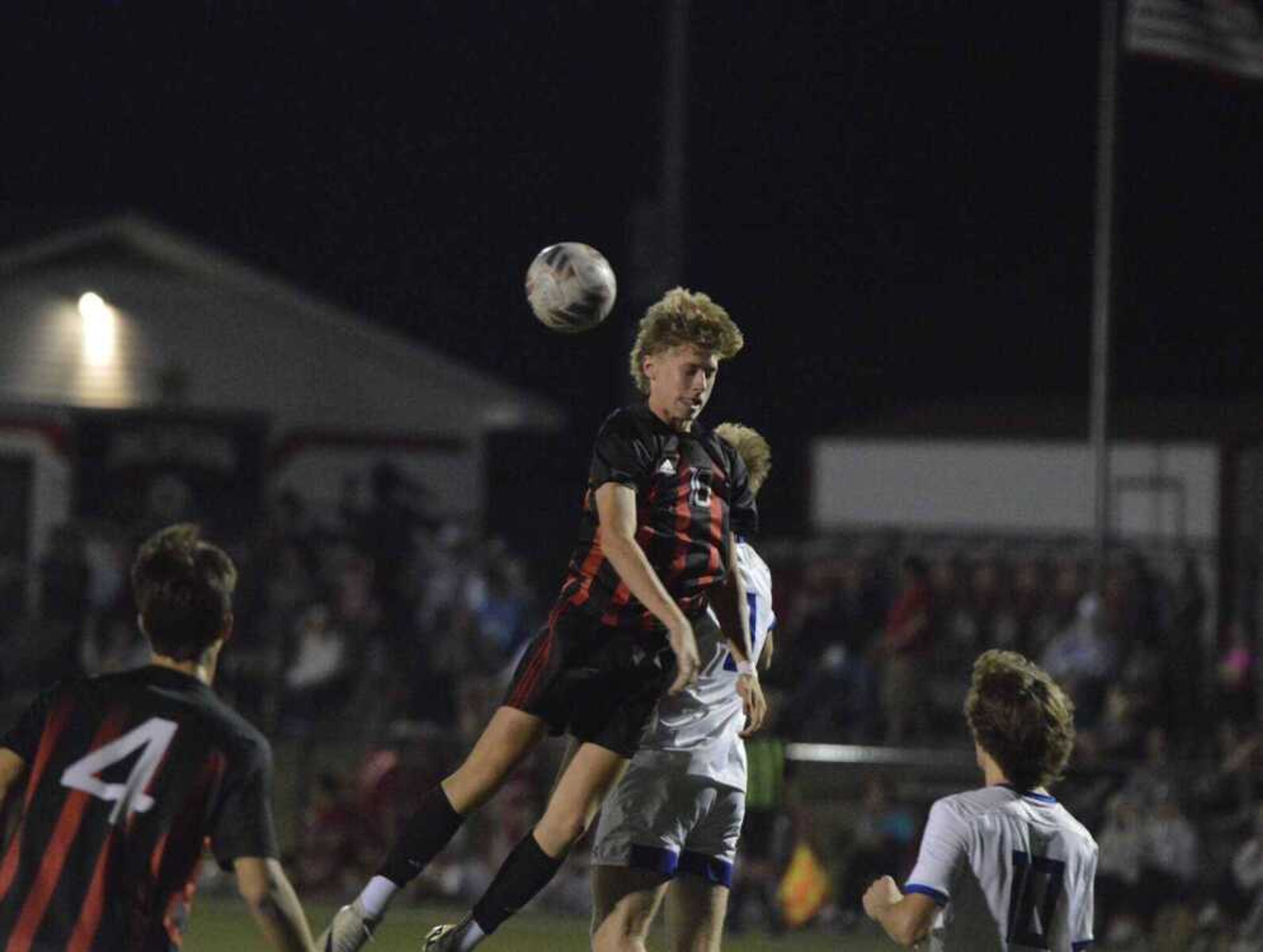Ankiel still trying to tame his talent
JUPITER, Fla. -- One plunked batter, no pitches in the dirt, none to the backstop, and no broken windows. All in all, baby-faced, blond-tipped Rick Ankiel is still on course for a comeback in a career that has been as spectacular on the way up as it has been on the way down and might have some wild loop-the-loops in the future...
JUPITER, Fla. -- One plunked batter, no pitches in the dirt, none to the backstop, and no broken windows.
All in all, baby-faced, blond-tipped Rick Ankiel is still on course for a comeback in a career that has been as spectacular on the way up as it has been on the way down and might have some wild loop-the-loops in the future.
Every day that his left arm stays strong and he doesn't fling balls like a machine gone amok is a good day. It is another day of hope that this 23-year-old real-life version of "The Natural" will tame his immense talent -- as a pitcher and a power hitter -- and turn the Cardinals from division contenders to favorites.
Maybe it's the fear factor or maybe it's his speed, but batters aren't digging in against him or getting off good swings. Jon Nunnally, a left-handed hitter, took an inside pitch on the arm in a session this week, and Ankiel reacted with an apologetic grimace to his one reversion to wildness. On Monday, he didn't hit anyone and kept the ball out of the dirt. Last Saturday, he threw three in the dirt and one to the backstop.
A kind of siege mentality grips the Cardinals' camp regarding Ankiel. Manager Tony La Russa and pitching coach Dave Duncan are particularly sensitive about protecting him, slotting him for the bullpen and letting him work his way back with a minimum of pressure. They bristle at the cameras aimed at him and the questions about his control.
Ankiel, himself, loathes talking about the elbow strain that sidelined him all of last season or the vexing wildness that suddenly came upon him in the 2000 playoffs and sent him back to the minors in 2001.
"It's in the past," Ankiel says, wearily repeating the mantra almost daily.
True enough, but it will really be in the past only when Ankiel shows that he more closely resembles the pitcher who was 11-7 and runner-up for NL Rookie of the Year in 2000 than the one who threw nine wild pitches in the playoffs at the end of that season -- five in one painfully memorable inning.
Making his comeback from the bullpen means Ankiel will have to adjust to pitching more frequently and in tight situations.
"I have to see what the bullpen's like," he says. "I might be fine. I might like it more. It could be fun. You get to come in the game more. You don't have to wait once every five days. It could be more exciting."
Ankiel doesn't mind talking about one part of the past -- his time with Johnson City in the Appalachian League in 2001 as he tried to work his way back. He led the league with a 1.33 ERA and 158 strikeouts with only 18 walks in 14 starts. He also hit 10 home runs as a part-time designated hitter.
How far did his longest homer travel?
"Must've been 1,000 feet," he says with a laugh. "It'd be cool to DH up here, but I don't think that will happen."
For all the issues Ankiel might have worked on with baseball psychologist Harvey Dorfman, La Russa insists there's no reason to get too complicated about what Ankiel has to do now.
"He has to be in condition to throw 15 to 30 pitches, and every time he gets the call, he has to come in and get somebody out," La Russa says. "It's that simple. He could be used early, middle or late."
Duncan says Ankiel's performance will dictate how he's used and whether he returns to the starter's role he had in 110 of the 115 games he's pitched since turning pro in 1998. So far, the 6-foot-1, 215-pound Ankiel has shown that he still has a leather-popping fastball, a good breaking ball and changeup. He's throwing a little more sidearm than he once did, doing what feels natural and fluid.
Other pitchers have battled control problems, just as some golfers have dealt with the yips. Sandy Koufax went from a wild young pitcher to a Hall of Famer. Sam McDowell had trouble finding the plate for a while, and so did Randy Johnson. Steve Blass, a 19-game winner for Pittsburgh in 1972, struggled with wildness the next two years and quit.
Ankiel could go either way, fulfill the promise he once showed or fail miserably. He believes the way back is to stop revisiting the past and to avoid talking about what might have caused the wildness. If that makes it seem to outsiders that he's wound too tight, holding everything in, he surely appears relaxed and playful among teammates.
"He's still a very young man and he's got a lot of future ahead of him," Duncan says. "He's got a lot of confidence in himself. Put yourself in his shoes. He doesn't feel like talking about the negative stuff and that's what people should accept. He has professionals that he talks to that know how to deal with all of that. That's where he deals with those things.
"There haven't been many ballplayers who have gone through what he's gone through. It's in the past for him. He wants to get beyond that. He wants to look forward. And he's done a hell of a job at it. He deserves a lot of credit."
Steve Wilstein is a national sports columnist for The Associated Press.
Connect with the Southeast Missourian Newsroom:
For corrections to this story or other insights for the editor, click here. To submit a letter to the editor, click here. To learn about the Southeast Missourian’s AI Policy, click here.
